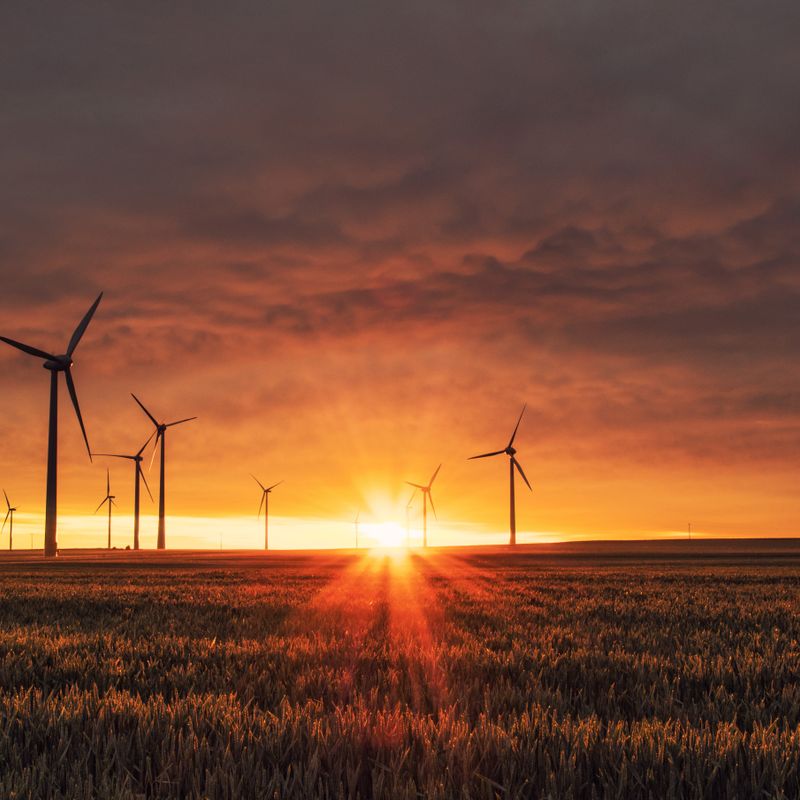
A recent analysis of global wind energy production found that the amount of wind power generated globally must increase by 21% by 2030 if we are to achieve net-zero by 2030.
Wind energy is the fastest-growing source of renewable power globally and is expanding at record pace as local economies invest in this renewable source, moving away from fossil fuel production to reduce harmful emissions. Last year, Wind power generated roughly 7.8% of the world's electricity. According to think tank Ember, this must expand to produce 21% of global electricity by 2030 if net-zero emissions goals are to be achieved.
At present, East Asia is set to remain the top wind power production region due to a project development pipeline which will expand current wind power capacity by 65% by the end of 2030, according to data from Global Energy Monitor (GEM). Data shows that China’s current wind generation will balloon by 41% to nearly 400,000 MW, once projects that are currently under construction or planned by 2030 come online.
This study explores global progress to see how other economies compare to East Asia from a wind energy perspective. In Europe, for example, Germany, Spain, France, and Sweden plan to boost their collective capacity by nearly 40,000 MW by 2030 and will all rank among the top 10 global wind producers. Meanwhile the United States anticipates a 53% swell in current capacity to 212,133 MW by 2030, cementing their place as the second largest wind producer globally.
Finally, Australia and New Zealand brace for rapid wind power expansion with current capacity primed to jump by 422%, roughly 52,000MW to 64,109MW. This steep increase has the potential to drastically reshape Australia’s power system, turning the country in to a net power exporter.
Given the rapid pace of wind expansion across regions, the collective goal of generating over 20% of global electricity by 2030 is potentially achievable, especially if fossil fuel production is reduced over the same period.
Topics covered
Keep reading...
All blogs-
Diversity and Inclusion
International Women's Day 2022 : An interview with Mindy Prefling, Senior Manager of Client Servi...
-
Industry insights
Cultivating the Next Generation of Energy Leaders: A Focus on Youth and Innovation
-
SO Careers
SO Careers - Meet Recruitment Consultant, Sam Howley
-
SO announcements
HSBC support Spencer Ogden’s global growing business
-
SO Careers
SO Careers - Meet Team Leader Ryzal Rauf





